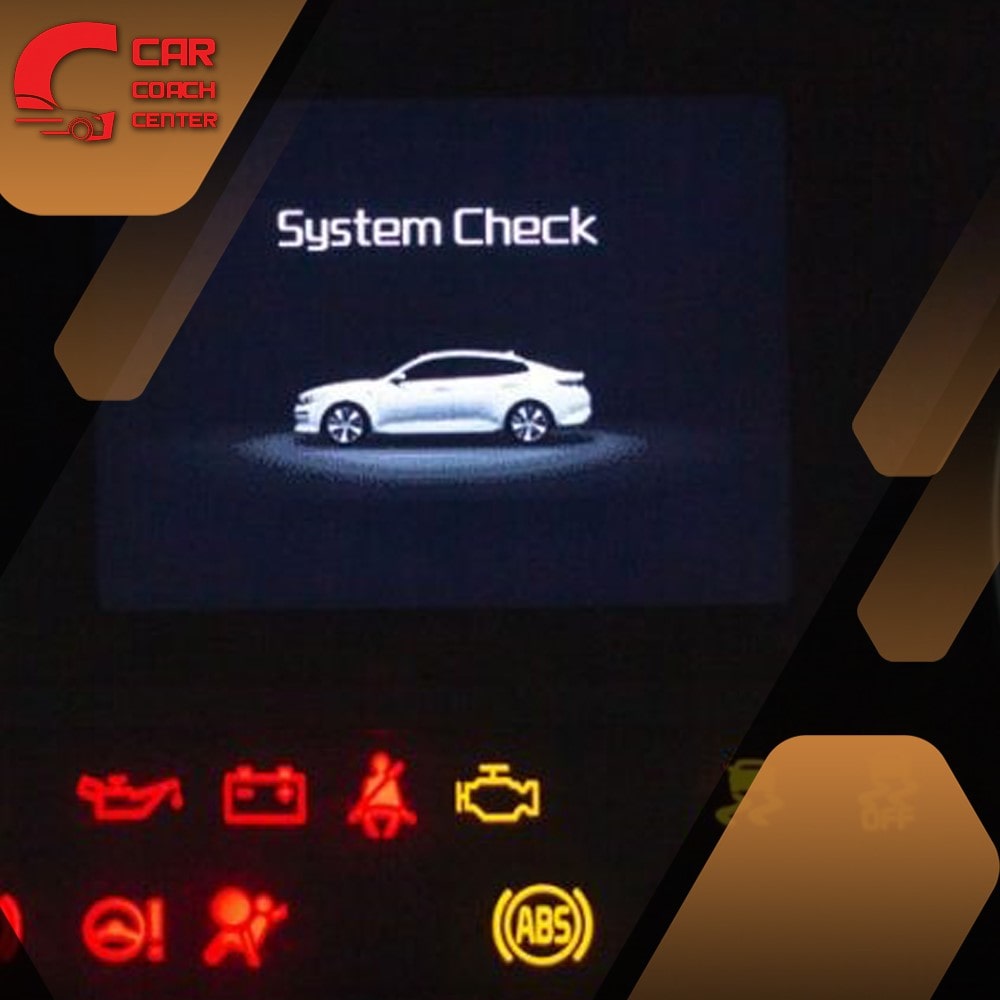Introduction to renault clio coolant warning light
The Car Coach Center welcomes you to this comprehensive guide on understanding and troubleshooting the Renault Clio Coolant Warning Light. As a Renault Clio owner, it’s important to familiarize yourself with the various warning lights on your dashboard, especially the coolant warning light.
This article aims to provide you with a deep understanding of the Renault Clio coolant system, the significance of the warning light, and how to troubleshoot coolant-related issues effectively.
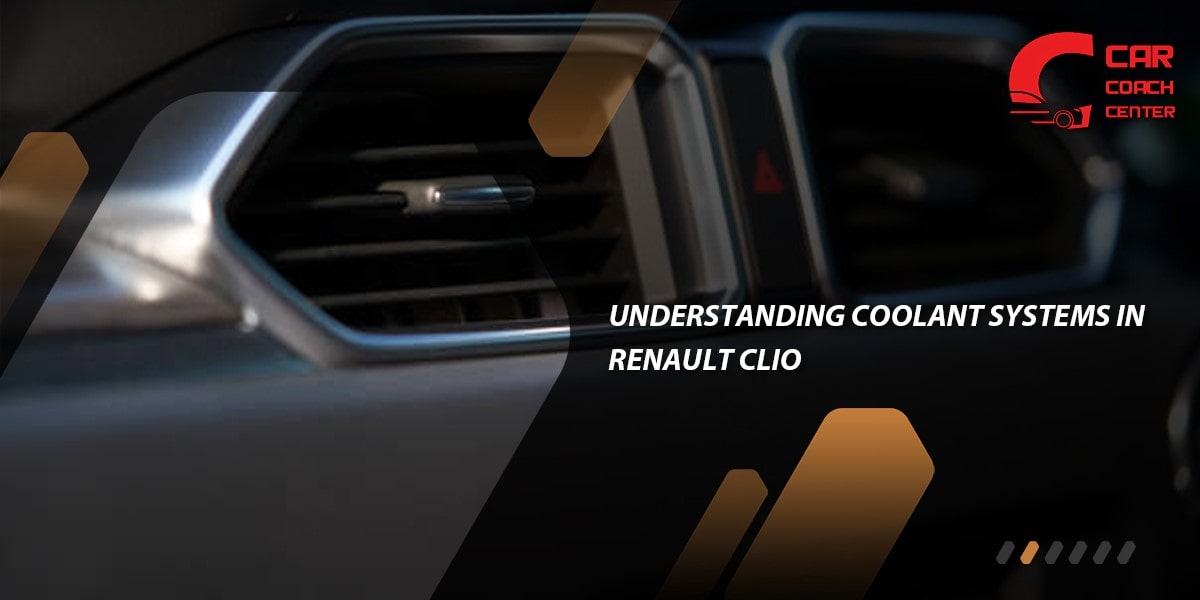
Understanding Coolant Systems in Renault Clio
The coolant system in your Renault Clio plays a crucial role in maintaining the engine’s optimal temperature and preventing overheating. Let’s delve into the components that make up this system:
Function and Role of Coolant
Coolant, also known as antifreeze, is a specially formulated liquid that circulates through the engine to absorb heat and transfer it away. It prevents the engine from freezing in cold temperatures and protects against corrosion and rust.
Components of the Coolant System
- Radiator: The radiator is responsible for cooling the coolant by dissipating heat from the liquid as air flows through its fins.
- Water Pump: The water pump circulates the coolant throughout the engine and radiator, ensuring a constant flow and efficient heat transfer.
- Thermostat: The thermostat regulates the coolant flow by opening and closing based on the engine’s temperature. It helps maintain the optimum operating temperature.
- Coolant Reservoir: The coolant reservoir acts as a storage tank for excess coolant and provides a source for replenishing the system when needed.
The Renault Clio Coolant Warning Light
The Renault Clio is equipped with a coolant warning light on the dashboard to alert you about potential issues with the coolant system. It’s essential to understand the meaning and indication of this warning light to ensure prompt action when necessary. The coolant warning light may vary depending on the specific model but generally falls into the following types:
Meaning and Indication of the Warning Light
The coolant warning light typically resembles a thermometer or a radiator symbol. When illuminated, it indicates a potential problem with the coolant system that requires attention.
Types of Coolant Warning Lights
- Low Coolant Level Warning: This warning light indicates that the coolant level in the reservoir is below the recommended level. It could be due to a leak or evaporation.
- Overheating Warning: The overheating warning light alerts you when the engine temperature exceeds safe limits. It implies that the cooling system is unable to dissipate heat adequately.
- Coolant Temperature Warning: This warning light signifies that the coolant temperature has risen beyond the optimal range, indicating a potential issue with the cooling system’s functionality.
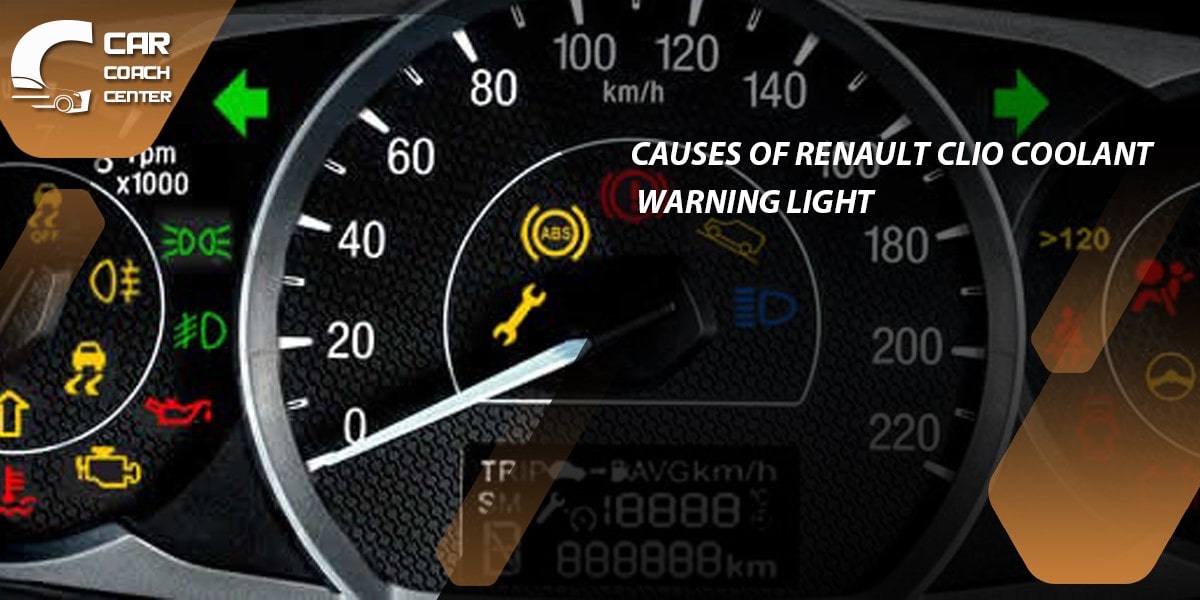
Causes of Renault Clio Coolant Warning Light
The Renault Clio coolant warning light can be triggered by various factors related to the coolant system. Understanding these causes is crucial for effective troubleshooting. Let’s explore the possible reasons behind the warning light:
Low Coolant Level
- Coolant Leaks: Leakage in the coolant system, such as from a damaged hose, radiator, or gasket, can lead to a drop in coolant level and trigger the warning light.
- Evaporation: Over time, coolant can evaporate due to high temperatures or a small leak that may not be immediately noticeable. This can result in a low coolant level and activate the warning light.
Coolant System Malfunctions
- Faulty Radiator: A malfunctioning radiator, such as a clogged or damaged core, can impede the proper cooling of the coolant, leading to overheating and triggering the warning light.
- Water Pump Failure: If the water pump fails to circulate the coolant effectively, the coolant system’s efficiency is compromised, resulting in overheating and the illumination of the warning light.
- Thermostat Issues: A malfunctioning thermostat may fail to regulate the coolant flow properly, causing irregular temperature control and potentially triggering the warning light.
- Blocked Hoses or Pipes: Blockages in the hoses or pipes can restrict the flow of coolant, leading to inefficient cooling and triggering the warning light.
Troubleshooting the Renault Clio Coolant Warning Light
When the Renault Clio coolant warning light illuminates, it’s essential to take appropriate action to diagnose and resolve the underlying issue. Here is a step-by-step diagnostic process to troubleshoot coolant-related problems effectively:
Step-by-Step Diagnostic Process
- Checking Coolant Level: Start by checking the coolant level in the reservoir and ensure it is within the recommended range. If it’s low, proceed to inspect for leaks.
- Inspecting for Leaks: Carefully examine the hoses, radiator, water pump, and gaskets for any visible signs of leakage, such as wet spots or coolant stains. Repair or replace any damaged components.
- Testing the Radiator: Check the radiator for blockages, corrosion, or damage. Clean the radiator and ensure proper airflow through the fins.
- Evaluating the Water Pump: Test the functionality of the water pump by checking for proper coolant circulation. If the pump is faulty, consider replacing it.
- Examining the Thermostat: Inspect the thermostat for any signs of malfunctioning, such as inconsistent opening or closing. Replace the thermostat if necessary.
- Clearing Blocked Hoses or Pipes: Remove any obstructions in the hoses or pipes that may hinder the coolant flow. Ensure they are clean and free from debris.
Common DIY Fixes for Coolant Issues
- Adding Coolant: If the coolant level is low, add the appropriate coolant mixture recommended by Renault. Follow the manufacturer’s instructions for the correct procedure.
- Repairing Leaks: Depending on the location and severity of the coolant leak, you can employ suitable repair methods such as using sealants or replacing damaged components.
- Flushing and Refilling the Coolant System: Periodically flushing and refilling the coolant system can help remove contaminants and maintain its efficiency. Follow the manufacturer’s guidelines for the recommended maintenance schedule.
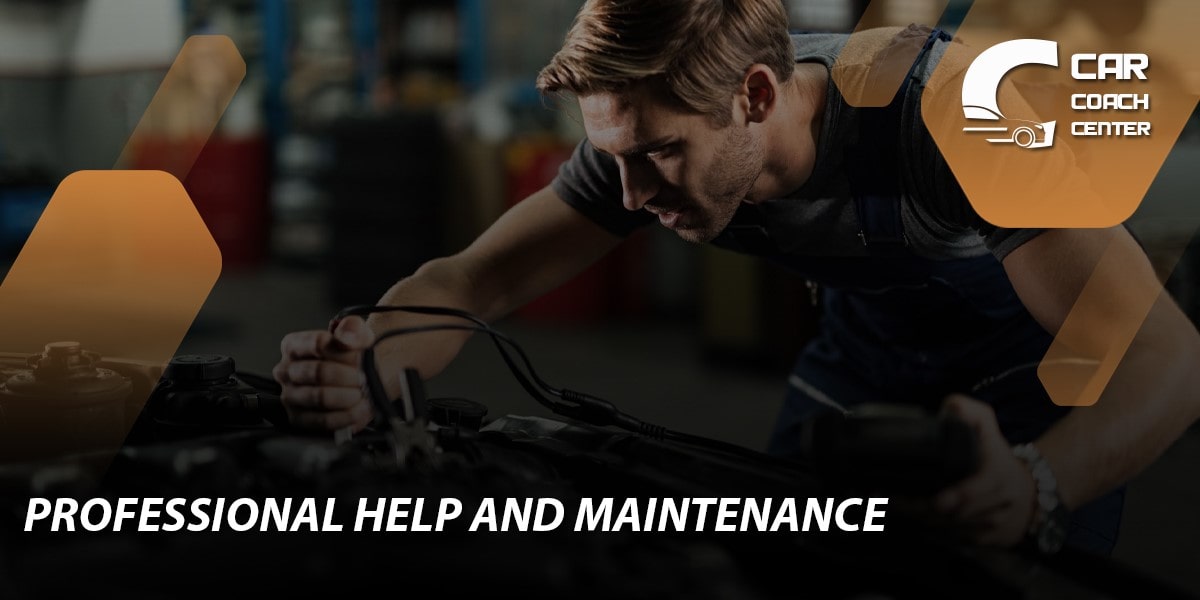
Professional Help and Maintenance
While certain coolant-related issues can be resolved through DIY methods, there are instances where professional assistance is necessary. Here are some considerations regarding professional help and the importance of regular maintenance:
When to Seek Professional Assistance
- Persistent Coolant Leaks: If you are unable to locate or fix coolant leaks on your own, it is advisable to seek the expertise of a qualified mechanic who can diagnose and repair the issue effectively.
- Complex Coolant System Repairs: Some coolant system repairs, such as replacing a faulty water pump or radiator, may require specialized tools and expertise. In such cases, it is recommended to consult a professional.
Importance of Regular Maintenance
- Scheduled Coolant System Maintenance: Adhering to the manufacturer’s recommended maintenance schedule, including coolant system inspections, ensures the optimal performance and longevity of your Renault Clio’s cooling system. Regular maintenance helps identify potential issues before they escalate into major problems.
- Consulting a Car Coach Center: Car Coach Centers are dedicated to providing expert guidance and support for vehicle maintenance. Consulting a Car Coach Center for coolant system maintenance and troubleshooting can ensure that your Renault Clio receives the necessary care and attention.
Preventive Measures for Renault Clio Coolant Issues
Taking preventive measures can significantly reduce the chances of encountering coolant-related problems in your Renault Clio. Here are some essential tips to help you maintain a healthy coolant system:
-
Cooling System Inspection Checklist
– Regularly check the coolant level and top it up as needed.
– Inspect the coolant reservoir for any signs of leaks or cracks.
– Monitor the temperature gauge while driving to ensure it remains within the normal range.
– Regularly examine the radiator for any obstructions or damage.
– Check the condition of hoses and pipes for leaks, cracks, or blockages.
-
Tips for Maintaining Optimal Coolant Levels
– Use the recommended coolant type and mixture ratio specified by Renault for your Clio model.
– Follow the manufacturer’s guidelines for coolant replacement intervals.
– Ensure proper coolant circulation by keeping the radiator and coolant passages clean.
– Regularly check the cooling system for any signs of leaks or abnormalities.
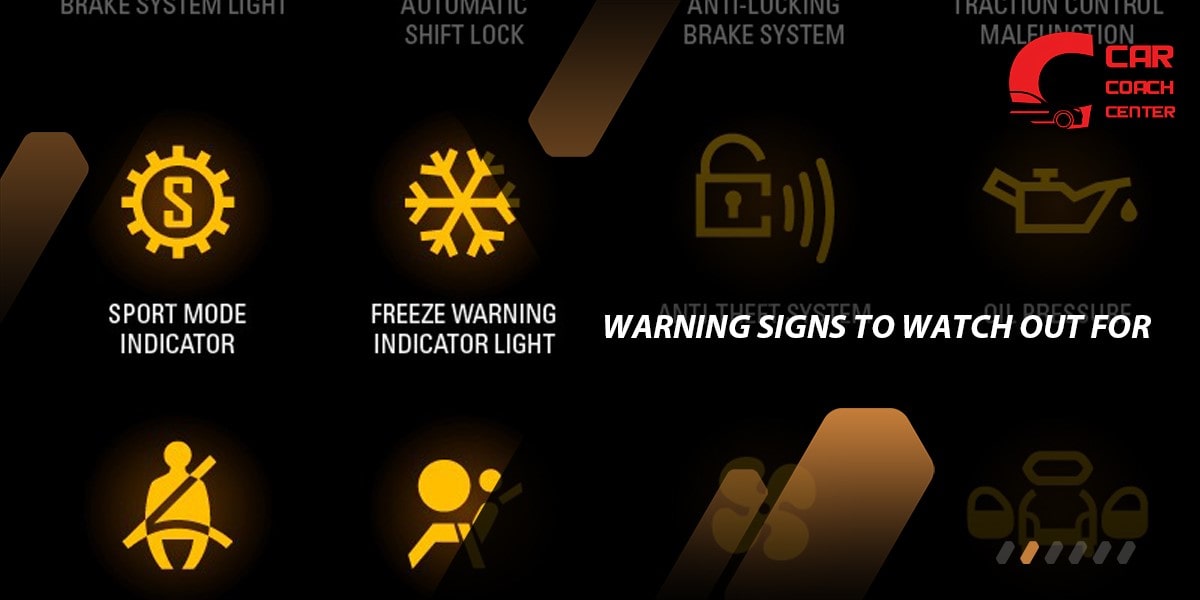
-
Warning Signs to Watch Out for
– Illumination of the coolant warning light on the dashboard.
– Engine overheating or fluctuations in temperature gauge readings.
– Coolant odor or visible coolant leaks.
– Unusual noises coming from the coolant system.
Conclusion
In conclusion, understanding the Renault Clio coolant warning light and the underlying coolant system is essential for maintaining the health and performance of your vehicle. By familiarizing yourself with the components, causes, and troubleshooting methods discussed in this comprehensive guide, you are better equipped to address coolant-related issues effectively.
Remember to adhere to regular maintenance practices and seek professional assistance when necessary. The carcoachcenter.com is always available to provide guidance and support for your Renault Clio’s coolant system needs. Stay proactive and keep your Renault Clio running smoothly!
FAQ
What should I do if the coolant warning light comes on?
Check coolant level, add if low, seek professional help if needed.
Can I continue driving if the coolant warning light is on?
No, it's not recommended. Address the issue promptly to avoid damage.
How often should I check the coolant level?
Check coolant level monthly or before long trips when the engine is cold.
What type of coolant should I use in my Renault Clio?
Check owner's manual for recommended coolant type and mixture ratio.

